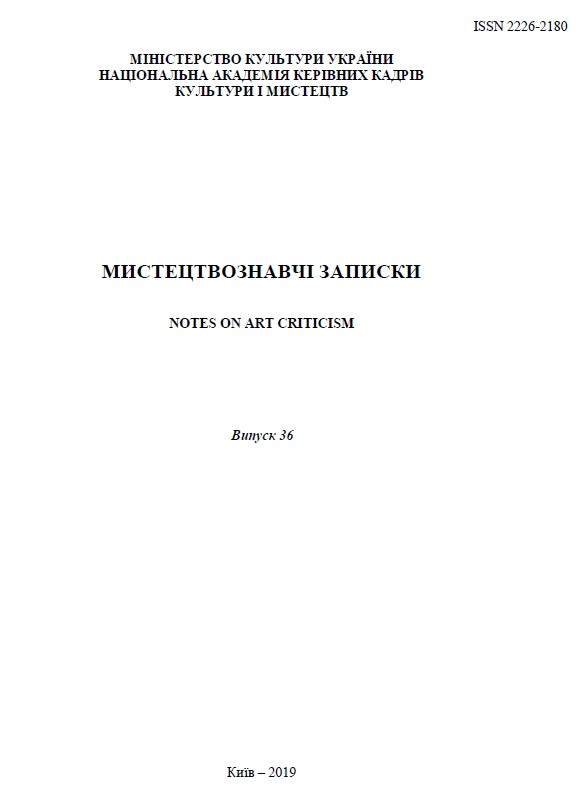ҐЕНДЕРНІ СУБКУЛЬТУРИ У ВЕСІЛЬНІЙ ТРАДИЦІЇ ЗАХІДНОЇ ВОЛИНІ ЯК СОЦІАЛЬНО-МІФОЛОГІЧНА СТРУКТУРА
GENDER SUBCULTURES IN THE WEDDING TRADITION OF WESTERN VOLHYNIA AS A SOCIAL AND MYTHOLOGICAL STRUCTURE
Author(s): Inna ShvorakSubject(s): Gender Studies, Sociology of Culture, Social Norms / Social Control
Published by: Національна академія керівних кадрів культури і мистецтв
Keywords: gender; mythology; social myth; Western Volhynia; gender subcultures; wedding ceremony; wedding roles; public and social system;
Summary/Abstract: The purpose of the article is to determine gender and age stratification in the wedding ceremony of Porturia – one of the subareas of historical and ethnographic Western Volhynia. Methodology. The research methodology is based on the system-structured and integrative methods. Scientific novelty: 1) wedding tradition of the Porturia was the first considered in the context of gender; 2) the first publishing of results of author’s field research during 2011–2015. Conclusions. Conclusions. The analysis of gender-age stratification in Poturi's wedding ceremony made the following conclusions. Relaying the device of family life through the prism of wedding ceremony. Representatives of all four gender subcultures participated in the wedding ceremony of Potour (and Ukraine in general): children, youth, women and men. A characteristic feature of gender stratification in the Poturia wedding ceremony is a clear division of responsibilities and roles between the male and female subcultures: men were responsible for the administrative and ceremonial moments (marriage, redemption of the bride, reading of the crown, meeting and drinking of the Cossacks) escort wedding). Women were assigned the role of organizing and supporting the business and ritual part of the wedding (preparing brides for marriage, baking a cow, cooking for the festive table, song accompaniment). The example of Poturyi's wedding ceremony traces the phenomenon of indirect education of children through wedding events, which is also characteristic of the wedding tradition of Ukraine as a whole. Compared to adults, the participation of children was not very active: the girls dressed in the bride, the boys untied the hair of the sister-bride and sat in the newlyweds' place during her ransom. However, due to the involvement of children in such adult ceremonies as weddings, representatives of the children's subculture formed an idea of family life and the rules of social order. The system of distribution of the main and minor characters.
Journal: Мистецтвознавчі записки
- Issue Year: 2019
- Issue No: 36
- Page Range: 50-54
- Page Count: 5
- Language: Ukrainian

